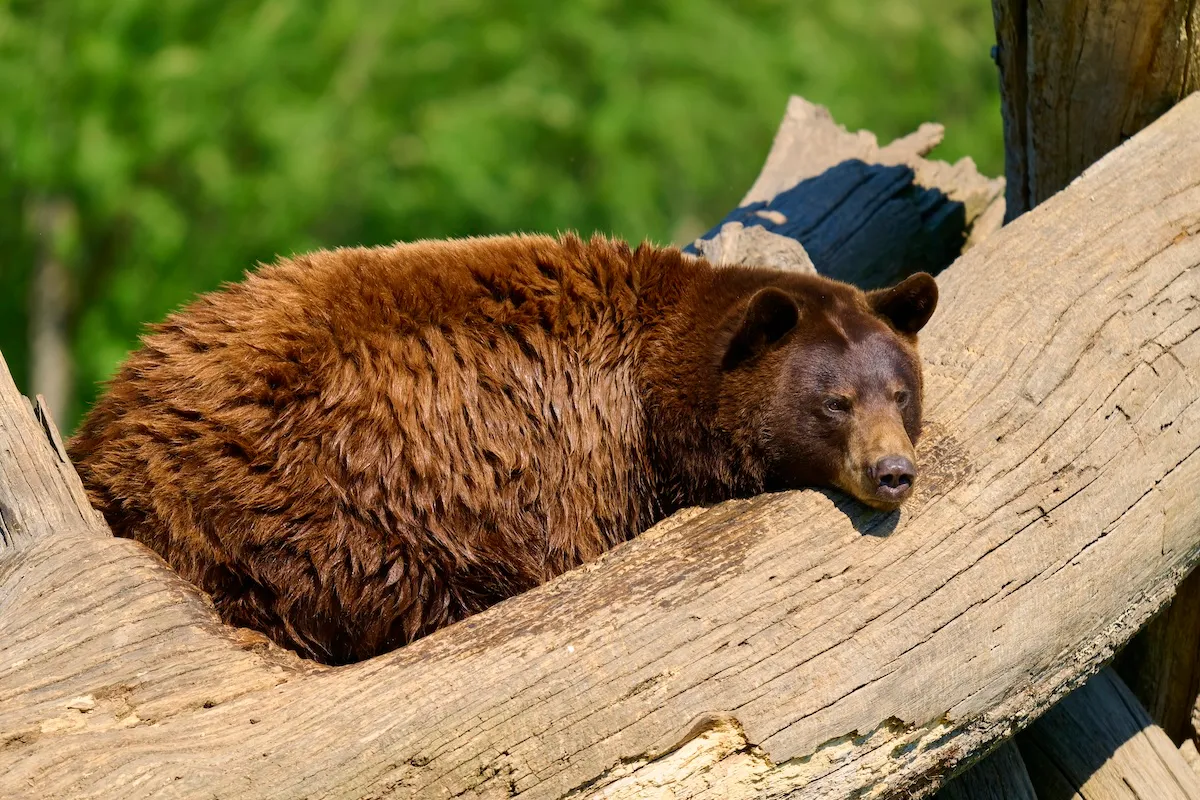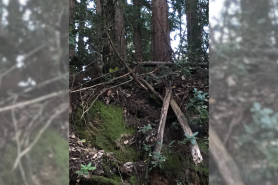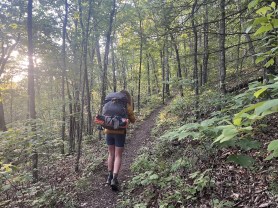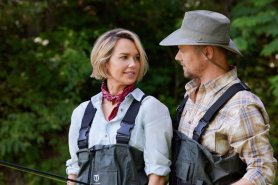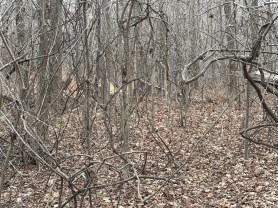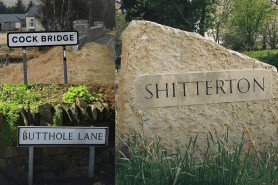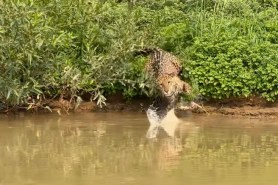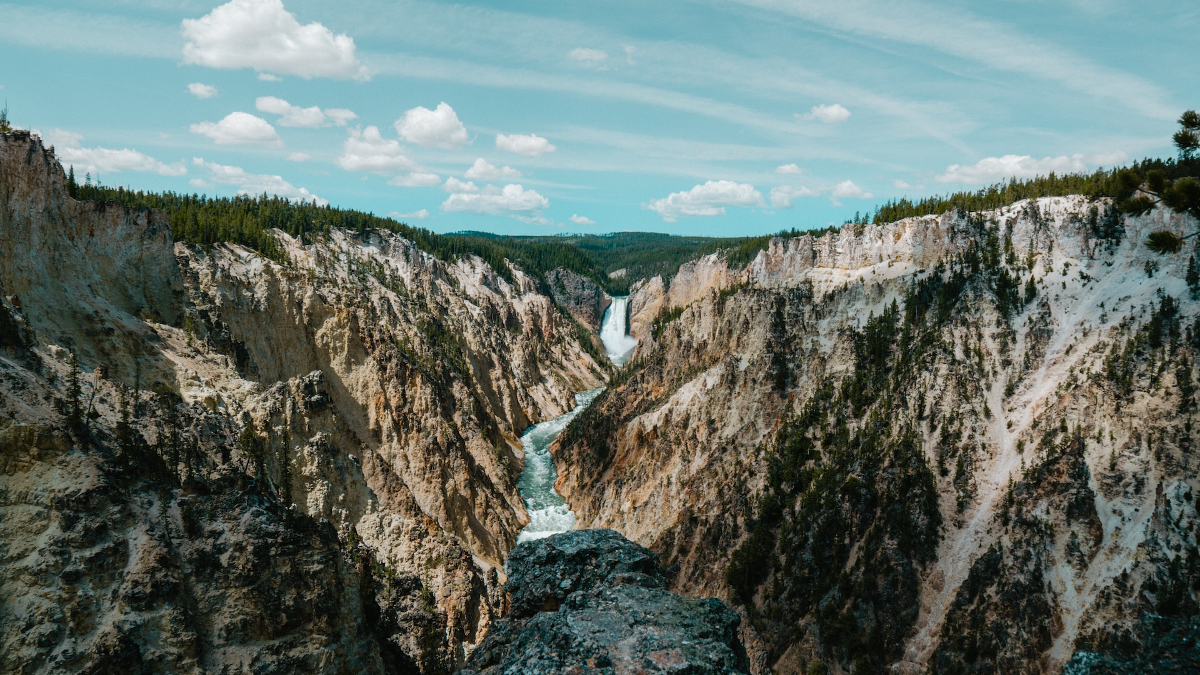

Yellowstone is such a huge, expansive landscape. You could spend your whole life there exploring, and some people do. No matter where you’re coming from–a few hours away or across the entire world, Yellowstone doesn’t disappoint. Once you stop by Old Faithful and wander down the geyser boardwalk, after you see the prismatic pools, you might wonder if you’re missing something. You might wonder if you’re doing Yellowstone right. Chances are, you’re doing just fine. Every once in a while, though, you hear stories about people doing Yellowstone completely and utterly wrong. Don’t be that person. Here’s some tips for maximum Yellowstone National Park safety and enjoyment.
Videos by Outdoors
Yellowstone National Park Asks: Don’t Pet the Fluffy Cows (For Your Own Safety)
We’ve said it before and we’ll say it again: don’t pet the bison. They look cute and fluffy. They look so nice and docile. Surely they’re friendly, right? Actually, they are wild animals. They’re very heavy wild animals. It seems like a couple times a year, every year, we hear about some tourists who don’t respect the bison and get seriously injured. It doesn’t only happen here. You may also hear about tourists approaching elk or moose elsewhere because they seem so peaceful, grazing and standing around. Actually, these herbivores are extremely defensive and not afraid to scrap. Safety in Yellowstone National Park is serious. Don’t be that person.
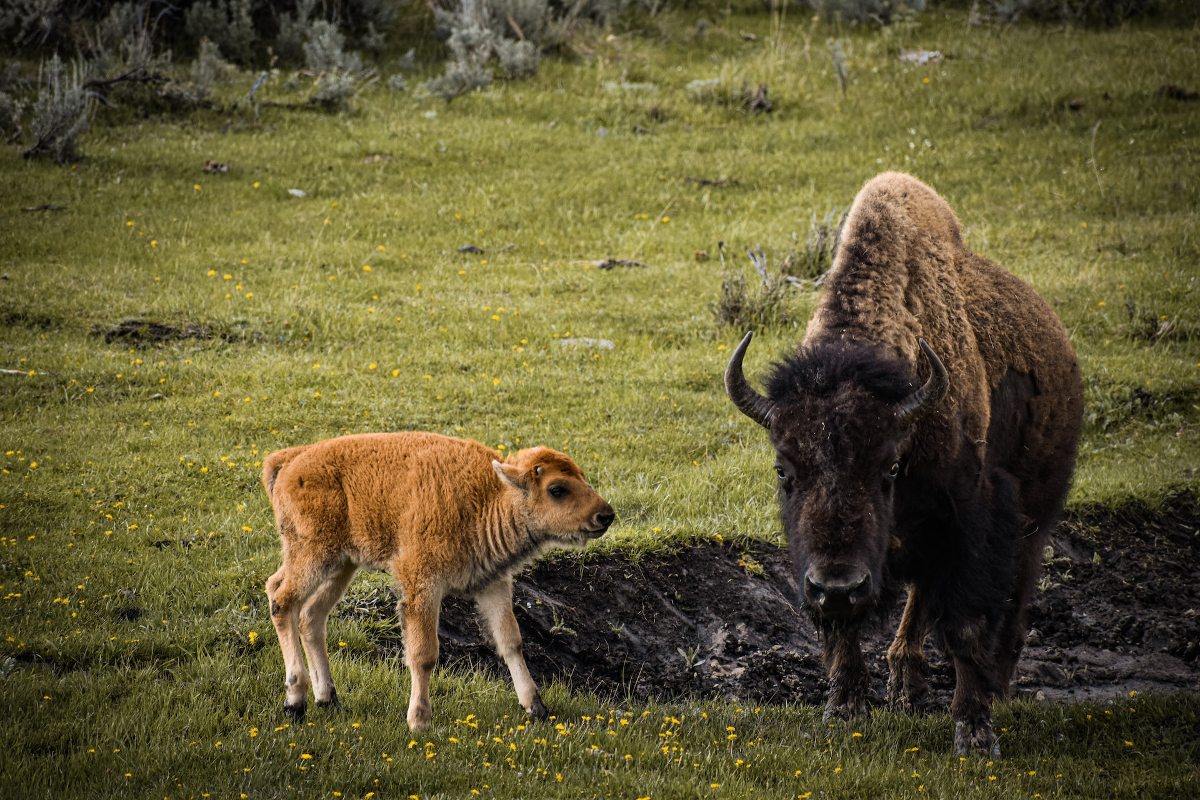
More Safety: Don’t Wander Off Yellowstone National Park’s Lovely Boardwalks
Yellowstone’s thermal areas are one of its coolest features. They have also injured or killed more people than any other national feature in the park. It’s easy to do. When wandering around the Grand Prismatic Spring, you’ll see plenty of signs letting you know not to mess around. Don’t step off the boardwalk, and if you drop something over the edge, leave it. There are geothermal areas all over the park for you to check out, but caution should be your constant companion.
If you’re out hiking or backpacking and come across some hot springs or some shiny, multicolored pools, this is not your chance to ignore the signs you saw back in the populated parts of the park. Those colors come from heat-loving bacteria that thrive in such environments. Those colors you’re seeing mean those pools are very, very hot. It’s not stick-a-finger-in-to-see hot, it’s stay-very-far-away hot. Safety in Yellowstone National Park means staying out of the hot pools.
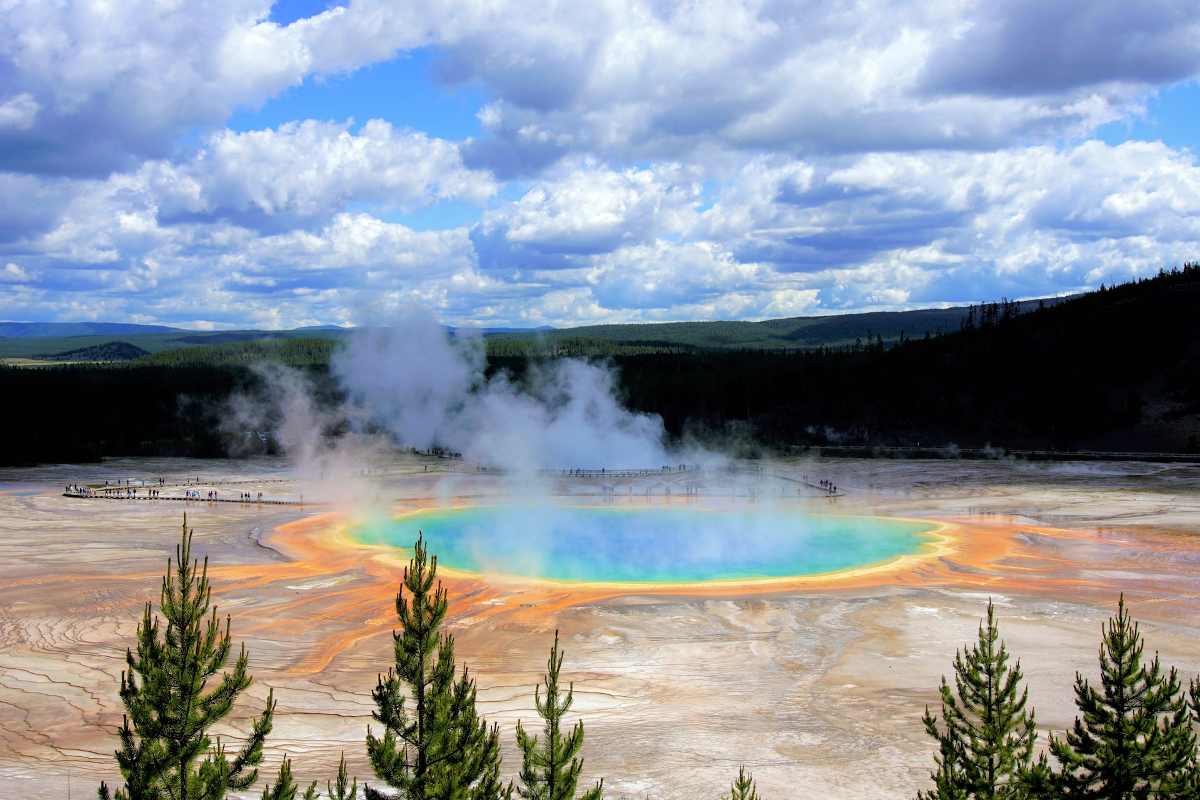
Don’t Forget the Bear Spray
Bear safety is another vital part of Yellowstone National Park safety. Grizzly presence in the park means every visitor has a personal responsibility to protect both themselves and the bears. This means proper food storage, making noise as you hike so you don’t accidentally startle a bear, and carrying bear spray.
Bear spray is the most accessible, effective bear deterrent we have right now. It’s essentially a very powerful mace, and it has certainly saved lives. Your chances of a run-in with a bear are drastically increased when hiking with a dog, so it may not be a bad idea to leave the pup at camp this time. Bear bells are controversial, since some feel they might not be loud enough to deter bears but just loud enough to interest them. Your safest bet will be to stay in a group and to have that bear spray easily accessible.
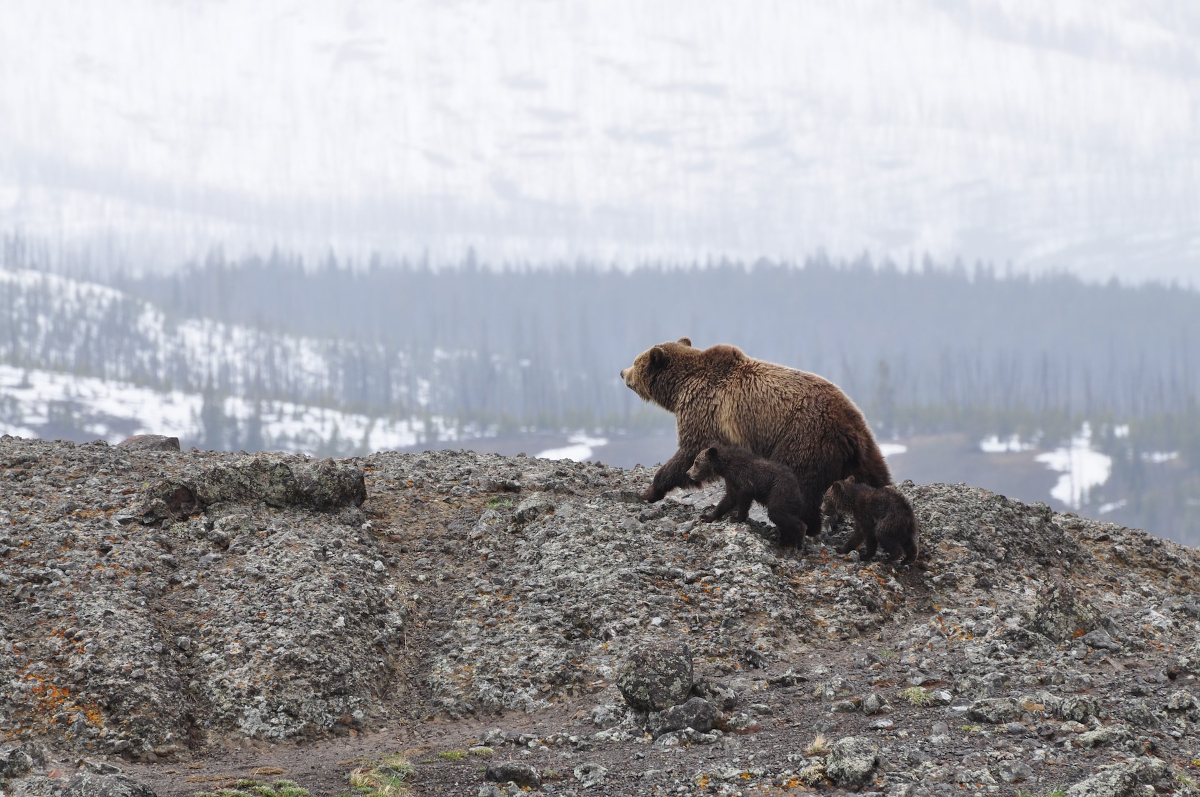
Don’t Just Stay in Your Car
This has less to do with safety and more to do with actually taking in the grandeur of Yellowstone. Remember, it doesn’t begin and end at Old Faithful. There’s a whole lot of the park that you won’t see from roadside pullouts or tourist destinations. In fact, Yellowstone is so crowded, you’ll often run into traffic. You may even feel a little crowded by all the other visitors. Tossing on a backpack and going for a hike is absolutely the best way to avoid that feeling. You’ll be shocked by how the crowds disappear when you get just a couple miles away from the trailhead. With a park the size of Yellowstone, (larger than Rhode Island and Delaware combined,) you’ve just got to step out of your vehicle and take a wander.
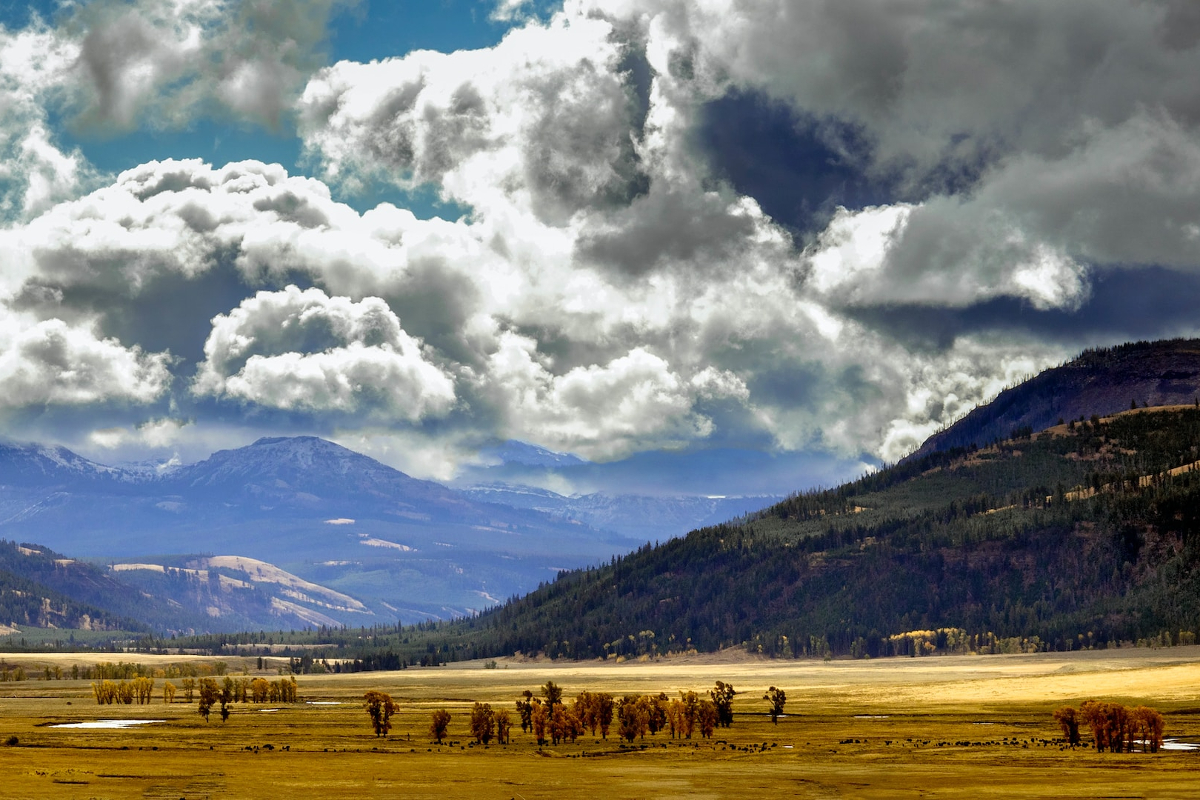
Don’t Neglect the Surrounding Area
Yellowstone National Park is iconic, internationally-renowned, one of a kind. Once you get to its outskirts and the land beyond the park’s borders, that beauty doesn’t stop. If you’re road tripping, it’s more than worthwhile to head south and check out Grand Teton National Park too. If you head a little further southeast, then, you can check out the Wind River Range. The Wind Rivers are not only one of the most beautiful mountain ranges in America, they’re not nearly as crowded as the nearby National Parks. Hikers and backpackers should certainly take advantage of the Winds if they get the chance. To the northwest of Yellowstone is Big Sky, which visitors may know best for its winter slopes. The area is beautiful in any season, though, and well worth a stop.
Don’t Forget to Have Fun
At the end of the day, don’t get too caught up in the “shoulds.” There’s a lot of pressure when it comes to travel, sometimes, to the point where we can get bogged down. Of course, you’re encouraged to see as much of Yellowstone as you can, really take it in. You’re required to keep safety in mind, too, but beyond that, you’re doing just fine. Stay present, love that bison from afar, and breathe in the fresh air.


